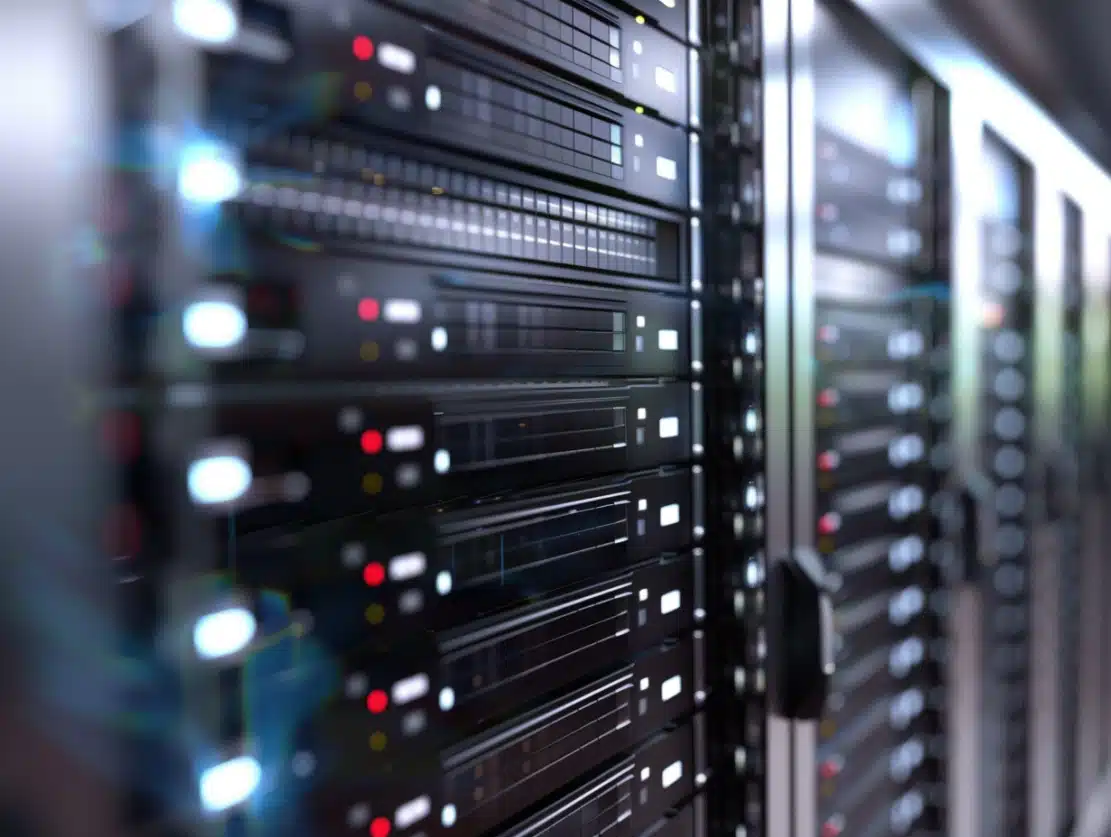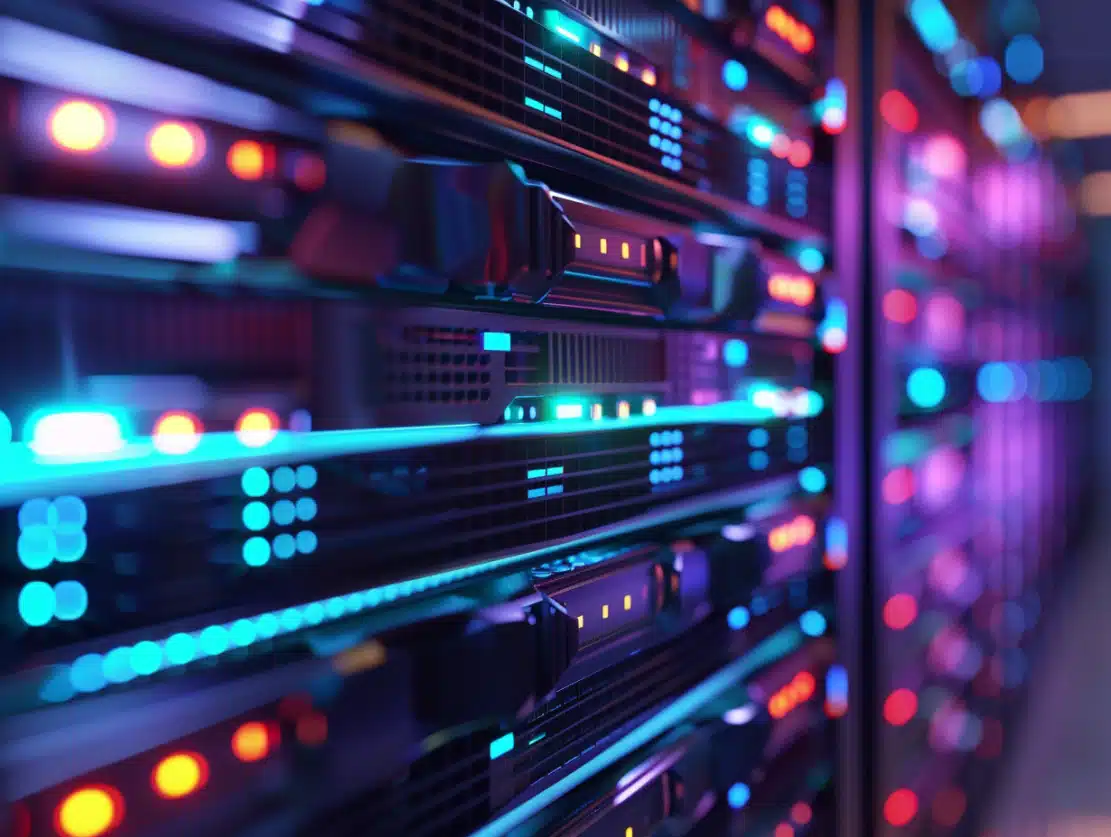Our Synology Server Design Philosophy
A little Backstory
We have come to use our Synology servers as much more than a simple NAS (network attached storage). That’s where it all started, but now, we use our Synology servers for complex backup and synchronization operations.
We run our private Synology Office files, Note Station, Company Chat and more off of our servers.
We believe that Synology can serve as a secure and private platform at an affordable price. We love the comprehensiveness and flexibility of the servers that allows us to even run our own programs in Docker VMs.
Our Thoughts on Server Design
With this experience and the requirements that have grown over the years in mind, we have come to learn that the Synology servers are truly the backbone of our IT operation.
We do not only run a NAS with data storage and backups. We do run a great number of other applications, among them Synology Office for our team as well as chat and other services on VM.
For these reasons we recommend to have ample computing power and we welcomed the AMD series CPU recently introduced. For our purposes we gladly trade more horse power for higher power consumption and potentially noise. As we’re not talking about desktop models, these factors do not factor in much.
In addition, we like to max out the addressable memory capacity of the servers and feel strongly that this is almost a no brainer. The gains from the additional RAM are considerable, and for our setup, once the servers are racked in the data center, a memory upgrade after the fact is more difficult.
Lastly, we have come to leverage large hard drives, which are quite affordable and offer excellent unit economics in terms of price per terabyte. We have had great experience with NAS rated hard drives from different manufacturers. We do recommend utilizing some of the largest drives available. Interestingly, the second largest available in most brands line ups seem to have the best price to value ratio.
We recommend to have some reasonable spare capacity at any point, especially if you foresee the possibility that your needs may increase in the future. Increasing the storage capacity easy and seamless at the data center level. However, adding large new drives can be very time consuming and affect the performance during the process.
Our Conclusions
Because of our own experience and needs, we tend to max out the CPU and RAM on the servers. And we design the storage capacity to be around 30-60% of current and projected use (depending on projected growth and uncertainty). Storage capacity can always be expanded with more hard drives as well as Expansion Units that can be added.
Speak to a Synology expert.
Get your Synology questions answered.

